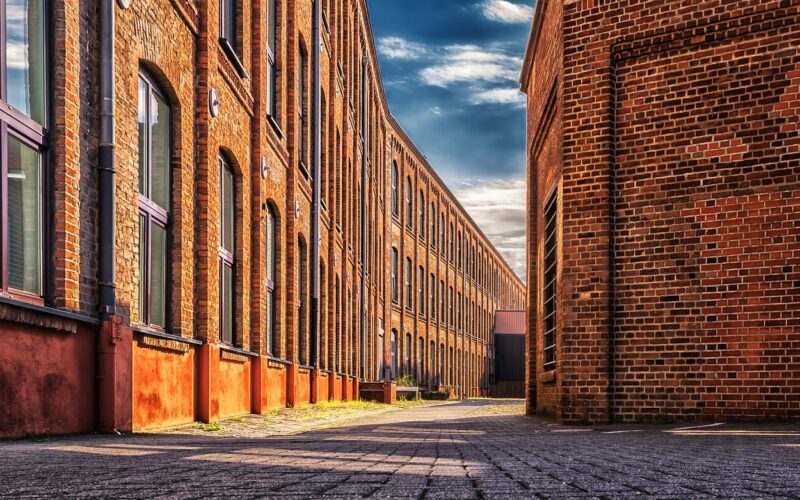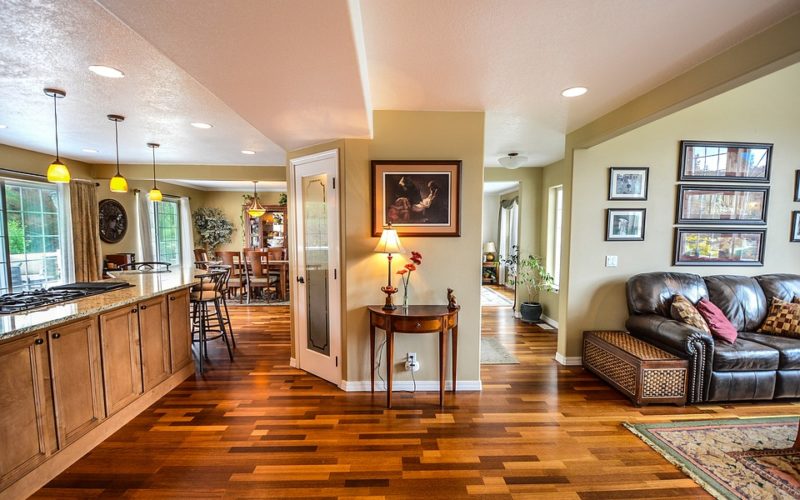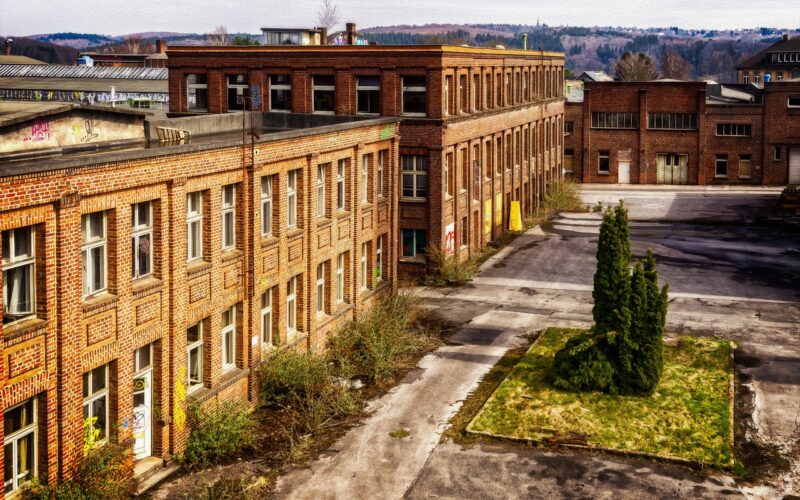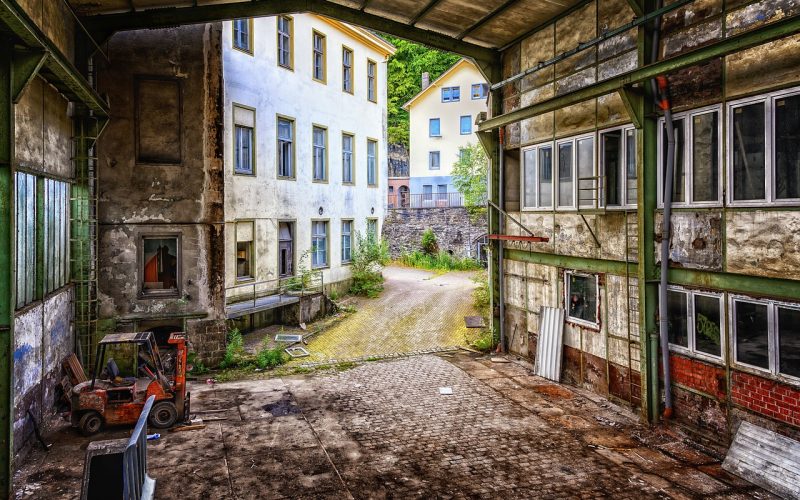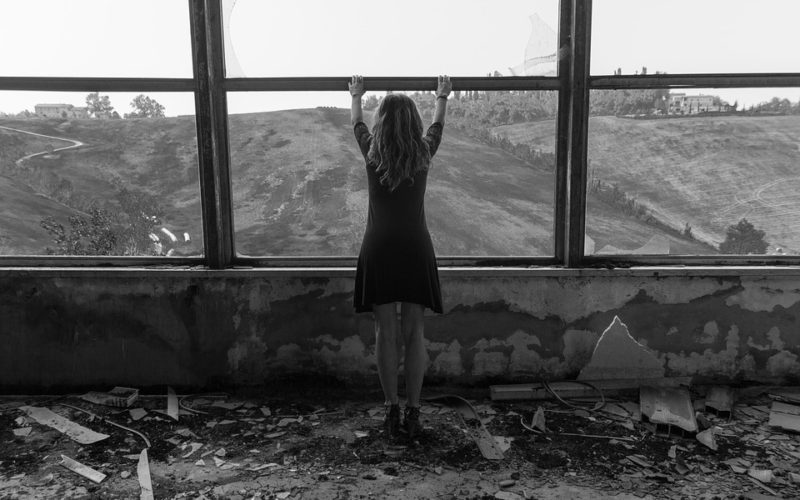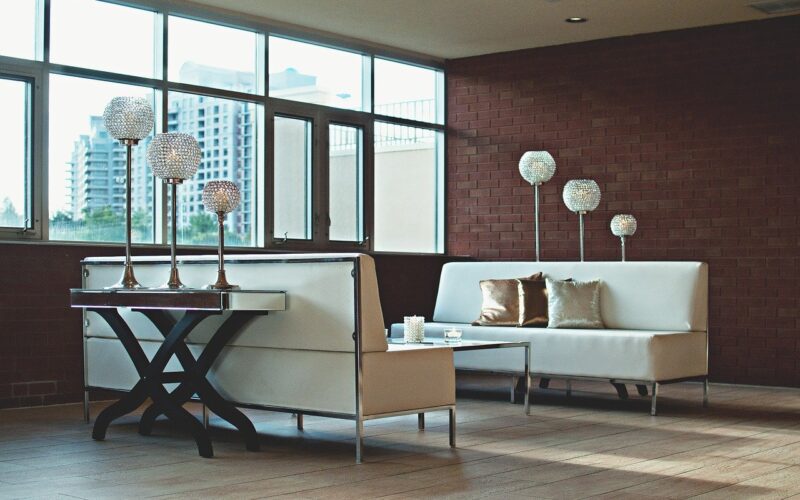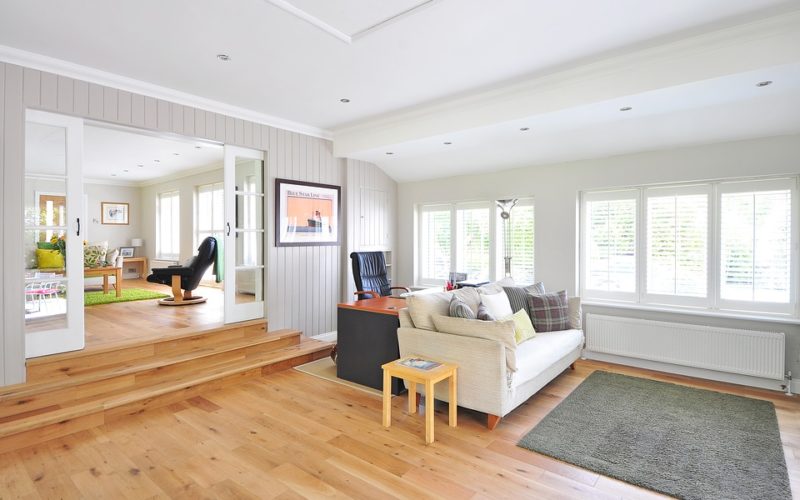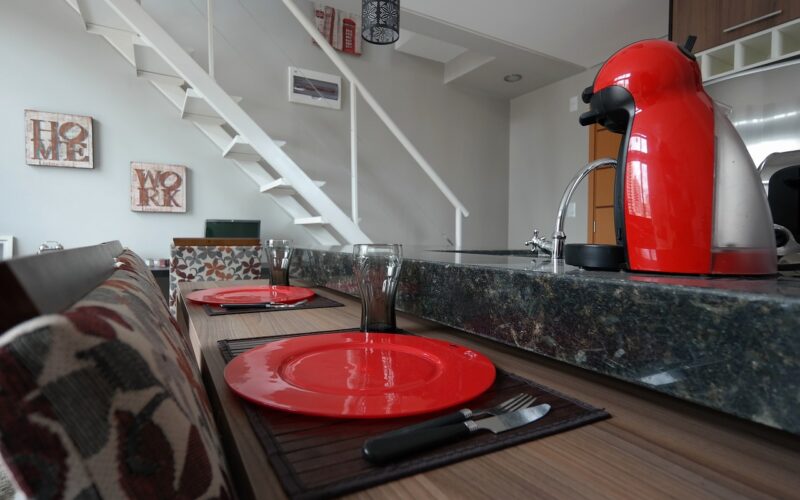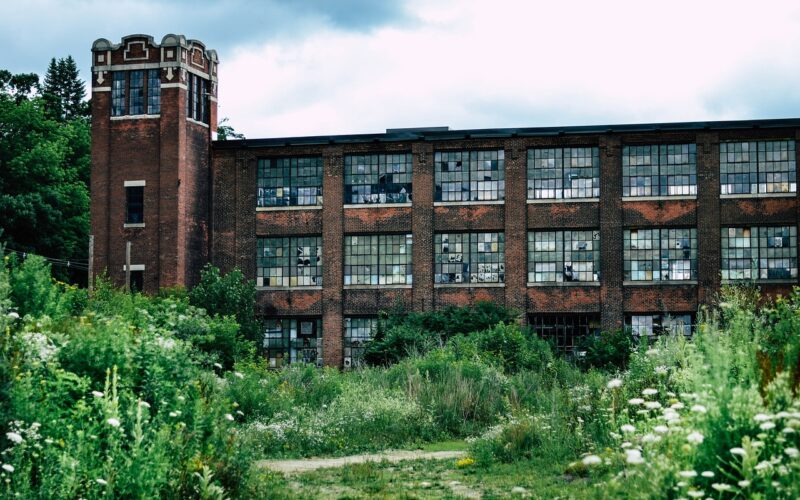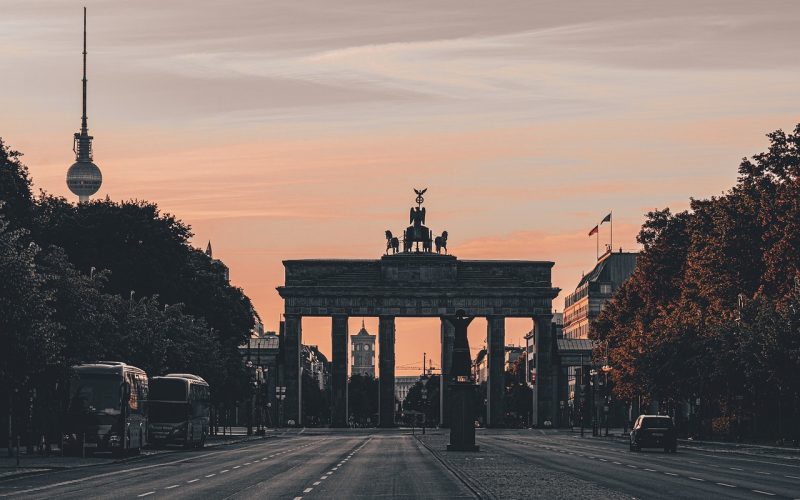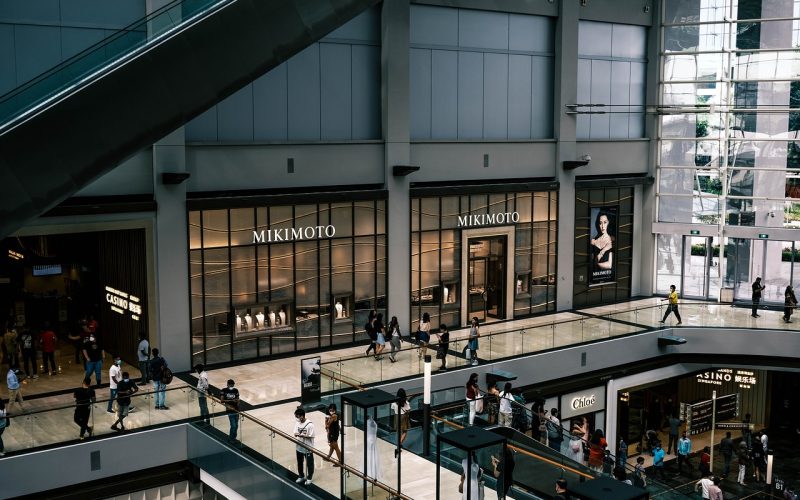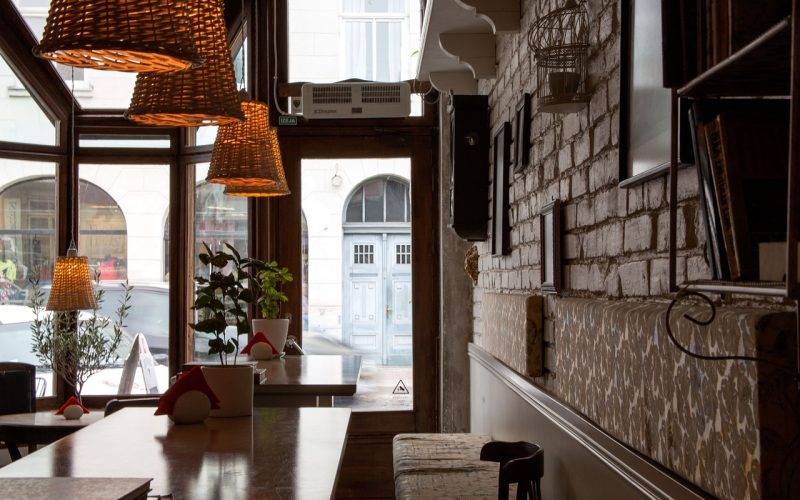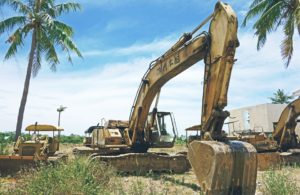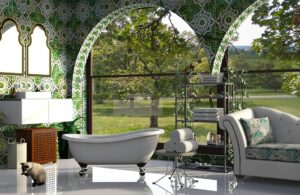Urban landscapes are dotted with relics of industrial past – towering, silent factories that once thrummed with activity. These untapped canvases now offer a unique opportunity to entwine history with modern living.
The allure of industrial charm
The prospect of living in a space where history meets contemporary design is increasingly appealing to modern homebuyers and renters. The cavernous spaces of old factories are ripe for transformation into high-ceilinged apartments. Exposed brickwork, large windows, and industrial fittings are maintained and enhanced to preserve the building's raw charm while providing spacious and modern living quarters. Such conversions cater to those seeking something beyond the typical residential offering, units steeped in character and stories of a bygone era.
The environmental impact
Adaptive reuse, the process of repurposing buildings for new uses, is not just a question of aesthetics – it's also an environmentally conscious decision. Converting an existing structure significantly reduces material waste and energy consumption compared to new-build developments. By maintaining the shell of these structures and retrofitting them for residential use, developers can honour the past while championing sustainable practices that benefit future generations.
Careful planning for a seamless transition
Turning factories into habitable apartments is no small feat – it requires careful planning and a comprehensive understanding of the space. Architects and designers must work within the constraints of the existing architecture to create comfortable and efficient living areas. Often, this involves introducing mezzanines or partition walls to carve out individual units, while ensuring communal areas benefit from the expansive factory floors.
The role of tradesmen in conversion projects
Critical to the success of such ambitious conversions are the builders, plumbers, electricians, and other tradesmen who pour their expertise into making these spaces habitable. Builders must meticulously craft the shell, ensuring the structural integrity of these often old and worn facilities. Meanwhile, a plumber and electrician face the challenge of installing modern necessities without disrupting the building's heritage. Their skilled hands are the link between the factory's industrial past and its residential future, meticulously merging new technologies with the preserved essence of the structure.
Navigating regulations and building codes
Navigating the maze of regulations and building codes is a substantial challenge in these conversions. Developers and construction teams must ensure that the building meets modern safety and health standards, which can involve significant upgrades to the infrastructure. This regulatory dance ensures that while buildings retain their external charm, internally they adhere to the highest contemporary standards of living – a synergy of safety and style.
From factories to future homes
The conversion of disused factories into apartments is more than just a real estate trend – it's a thoughtful homage to the industrial heritage that shaped cities. As we reimagine these spaces, we create homes that celebrate history while providing the backdrop for the unfolding stories of their residents. This unique blend of past and present within urban cores infuses a dynamic energy, contributing to the ongoing narrative of the cityscape and preserving cultural landmarks for decades to come.
The transformation of disused factories into homes is a multifaceted undertaking that delivers environmental benefits, sustains tradesmen, and revitalises communities. It is a testament to our ability to harmonise architectural legacy with the pursuit of modern living, offering a compelling blueprint for conscientious urban development. As we step forward, these converted spaces stand as proud examples of creativity, sustainability, and respect for our industrial past.
